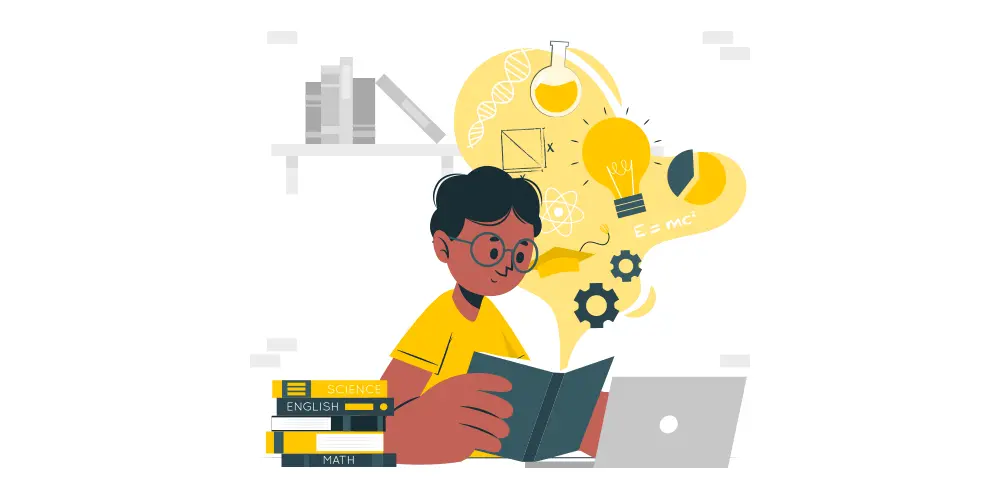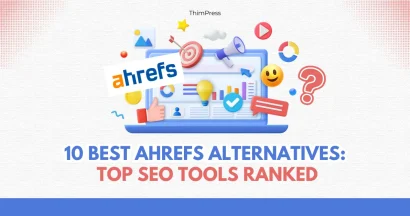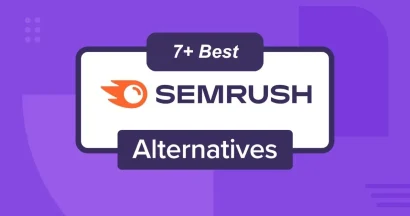Integration of technology in classrooms has quickly evolved from being an optional trend into an essential practice. Technology has revolutionized how we live, work, and learn, making it a fundamental aspect of contemporary education that offers numerous advantages that enrich student experiences, increase engagement levels, and prepare them for life beyond high school.
Increase Engagement and Motivation
Technology integration in classrooms offers one of the greatest advantages: engaging and motivating students. Traditional teaching methods may fail to grasp students who prefer fast-paced, engaging digital experiences. By incorporating interactive tools such as educational apps, multimedia presentations, and virtual reality, teachers can create dynamic lessons that captivate students’ attention and make learning more enjoyable.

For instance, using gamified learning platforms can turn lessons into interactive games, encouraging students to actively participate and stay motivated. This not only helps maintain students’ interest but also makes complex subjects more accessible and fun, leading to a deeper understanding and retention of the material.
Another quick-win strategy is using Canva flashcards to turn recall activities into short, game-like challenges. Teachers can design custom decks that match units, add images or icons for visual cues, then share sets online for practice or print them for in-class stations. With printable flashcards, it’s easy to tailor difficulty, randomize order, and track progress—helping students stay engaged while reinforcing vocabulary, formulas, and key concepts.
Technology makes learning more dynamic and interactive for students. Educational apps, interactive whiteboards, and multimedia presentations can turn a mundane lesson into an enjoyable one; virtual reality (VR) used in history classes allows them to virtually visit ancient civilizations; such immersive experiences make learning more enjoyable and memorable, which ultimately boosts students’ motivation to study further.
Support Personalized Learning
Every student learns at their own pace, which makes traditional classroom settings challenging since all students may move through the curriculum at the same speed – which may not meet everyone’s learning needs. Furthermore, services that offer to “write a papers for me” provide vital assistance.
Educational software and online platforms enable teachers to provide personalized learning experiences tailored to the unique needs of every student. Adaptive learning technologies assess a student’s understanding of a subject before adapting its difficulty accordingly – meaning those who grasp concepts quickly can move ahead while others needing additional time or practice can work at a pace that suits them.

When students require extra assistance with writing assignments, services like https://writepaperfor.me/ offer invaluable support, helping them produce well-structured and polished work that matches with the pace at which their learning meets.
Technology allows students access to an abundance of online resources like video tutorials, quizzes, and e-books, which supplement learning outside the classroom. Students can take control of their education, review materials as necessary, and deepen their understanding of a subject by taking this proactive step toward education.
Prepare Students for the Future
Technological proficiency has become essential to modern living; no longer considered optional but is now required of employees in the future workforce. Students need to acquire critical thinking, problem-solving, and digital literacy skills to ensure success in this digital era.
By integrating technology into their classrooms, educators are helping their students become job market-ready. Students proficient with using tech will enjoy significant advantages in almost any career they choose – for instance learning word processors, spreadsheets and presentation software is vital across industries and professions alike; additionally, exposure to robotics/coding/robotics, etc can spark interest for STEM (Science Technology Engineering Mathematics).
Facilitates Collaboration and Communication
Collaboration is an indispensable skill, both academic and professional, which technology helps foster by offering tools that enable students to work on projects together even if they’re physically separated.
Cloud-based platforms such as Google Workspace allow students to collaborate in real-time on documents, presentations, and spreadsheets in an authentic learning environment. Students can share ideas, provide feedback, and make revisions collaboratively – an aspect that not only improves the quality of work produced but also imparts essential communication and teamwork skills in any career field.
Technology also facilitates improved communications between students and teachers, giving students more avenues for dialogue between sessions in school or outside them, including discussion boards, email, educational platforms like Canvas or Blackboard, as well as email for question submission, clarification requests and receiving feedback outside regular class hours – helping students stay on course in their studies and avoid potential hurdles to completion.
Increase Accessibility and Inclusivity
Technology’s power in education lies in its capacity to make learning accessible and inclusive; technology levels the playing field among students with various learning needs and backgrounds.
Assistive technologies such as screen readers, voice-to-text software, and apps will assist students with disabilities needed to participate fully in classroom environments. These tools may help students who experience visual or hearing impairments, learning disabilities or physical challenges to overcome barriers to their education and maximize potential learning gains.
Technology provides access to an expansive library of educational resources unavailable in every school, especially remote or underfunded ones. Online courses, videos, and e-books allow high-quality instruction regardless of location or economic standing.
Technology In The Classroom: Conclusion
Technology integration in modern education is integral. Technology enhances student engagement, helps create personalized learning plans, and equips youth with essential 21st-century career skills; further facilitating collaboration and communication between teachers and students and broadening access and inclusivity. Technology’s role will only increase over time. By accepting it as part of our educational practice we can develop more dynamic, inclusive, effective environments which equip young people with essential 21st-century competencies necessary for lifelong success.
Read more: 10 Best Crowdfunding Sites and Platforms (Pros & Cons)
Contact US | ThimPress:
Website: https://thimpress.com/
Fanpage: https://www.facebook.com/ThimPress
YouTube: https://www.youtube.com/c/ThimPressDesign
Twitter (X): https://twitter.com/thimpress


